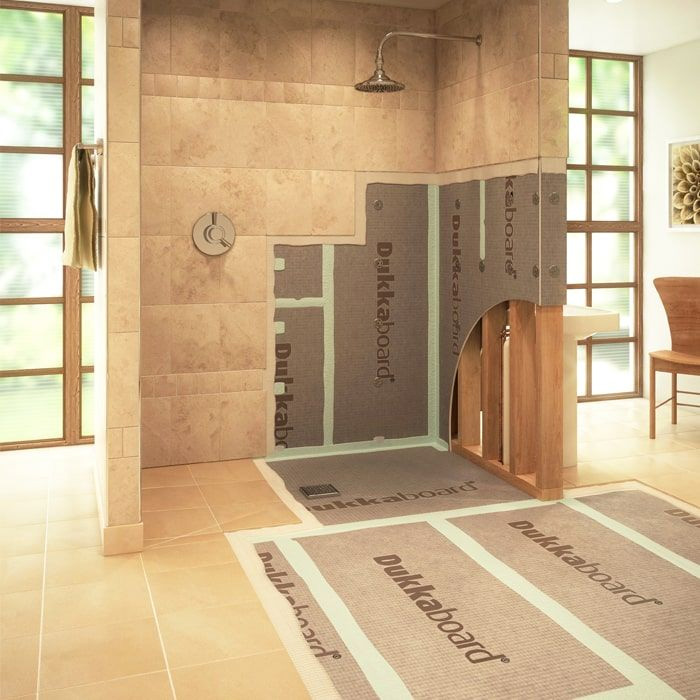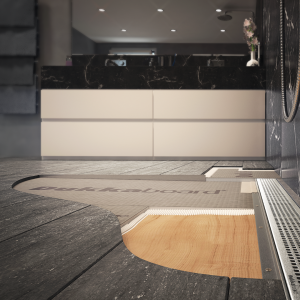When it comes to tiling, proper surface preparation is crucial for ensuring long-lasting and visually appealing results. Plaster walls, known for their smooth and durable finish, require specific attention before tiles can be applied. One essential step that often sparks debates among DIY enthusiasts and professionals alike is whether plaster walls should be primed prior to tiling. In this blog, we will explore the importance of priming plaster walls and shed light on the reasons why it is considered a best practice in the tiling process.
Enhancing Adhesion
One of the primary purposes of priming plaster walls before tiling is to enhance the adhesion of the tile adhesive or mortar. Plaster walls tend to be porous, absorbing moisture from adhesives rapidly. If left unprimed, the plaster can absorb water from the adhesive too quickly, leading to compromised adhesion and weak bonding. Priming acts as a protective barrier, preventing the plaster from drawing excessive moisture from the adhesive and ensuring a strong bond between the tile and the wall.
Minimizing Moisture Infiltration
Bathrooms, kitchens, and other areas with high humidity levels can pose a challenge to any wall surface. Plaster walls, though relatively resistant to moisture, can still absorb water if left unprotected. By applying a coat of primer, you create a moisture-resistant layer that shields the plaster from potential water damage. This is particularly important in wet areas where moisture infiltration can lead to mold growth, deterioration of the plaster, and ultimately, tile failure.
Preventing Uneven Drying
Plaster walls have varying levels of absorbency due to their composition and age. When tiling directly onto unprimed plaster, the adhesive can dry unevenly, with different rates of absorption throughout the surface. This imbalance in drying can result in inconsistent curing and shrinkage of the adhesive, leading to cracks, lippage, or tile displacement. Priming the plaster evens out the absorbency, allowing for a more uniform drying process and reducing the risk of tile installation problems.
Improving Surface Durability
While plaster walls are generally robust, they are not invulnerable to scratches, dings, or minor imperfections. Applying a primer helps create a smoother and more resilient surface for tiling. The primer fills in any small cracks, divots, or irregularities, providing a stable and even base for the tiles. This additional layer also offers protection against potential damage during the tile installation process, ensuring a visually appealing and long-lasting result.
Promoting Longevity of Tile Installation
Tiling projects are often a long-term investment, and it is crucial to prioritize durability and longevity. By priming plaster walls before tiling, you are taking proactive measures to safeguard your tile installation. The primer acts as a barrier that prevents the transfer of chemicals, salts, or other substances present in the plaster from affecting the tile or grout. This protective layer not only preserves the integrity of the tiles but also helps maintain their aesthetic appeal over time.
Priming plaster walls before tiling is a critical step in ensuring a successful and durable tile installation. By priming, you enhance adhesion, minimize moisture infiltration, promote even drying, improve surface durability, and increase the longevity of your tiles. While it may require some extra time and effort, the benefits outweigh the costs in terms of the overall quality and durability of your tiling project. So, next time you embark on a tiling endeavor, remember the importance of priming your plaster walls to achieve professional-grade results that will stand the test of time.





